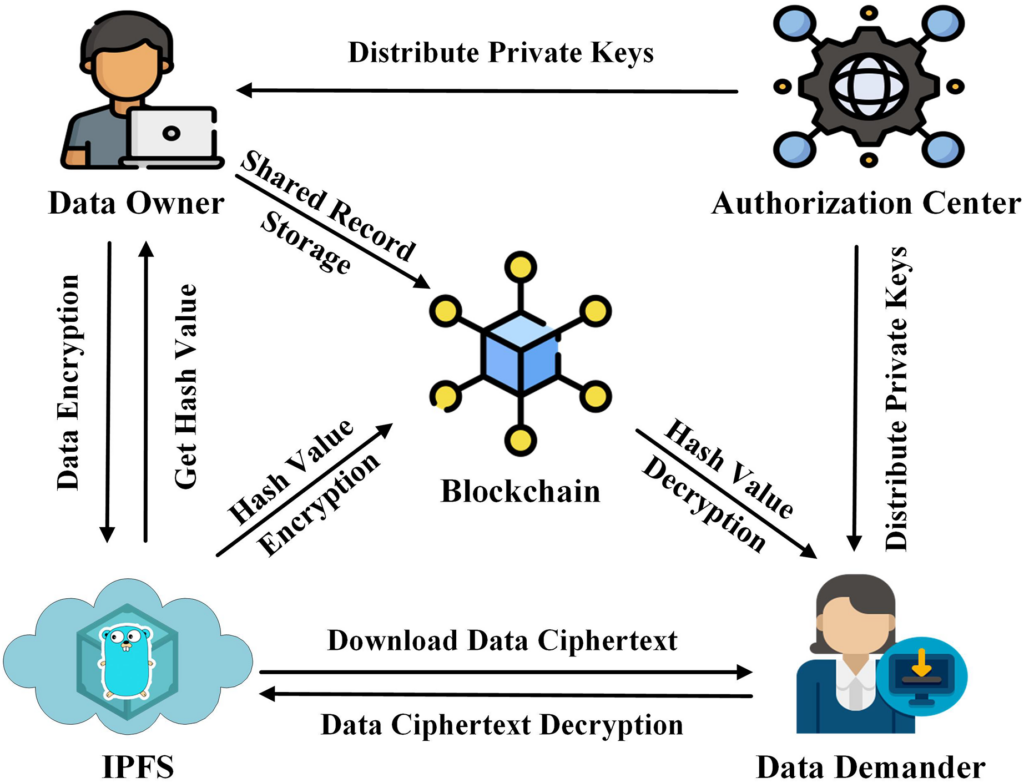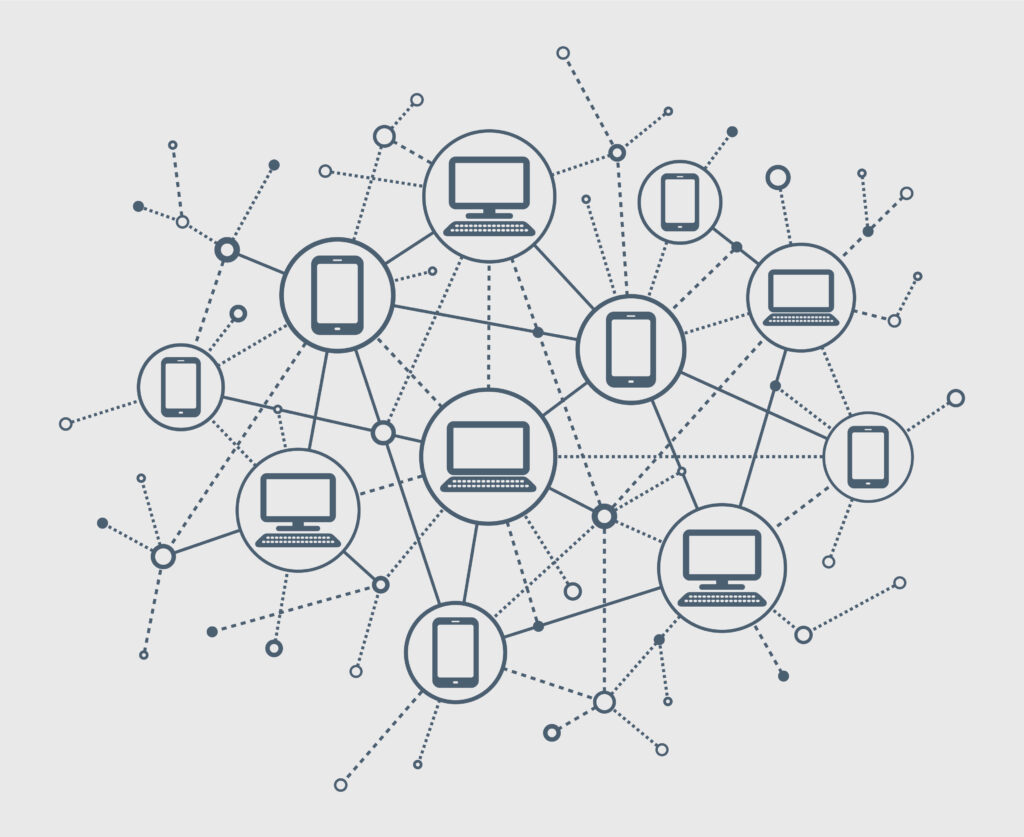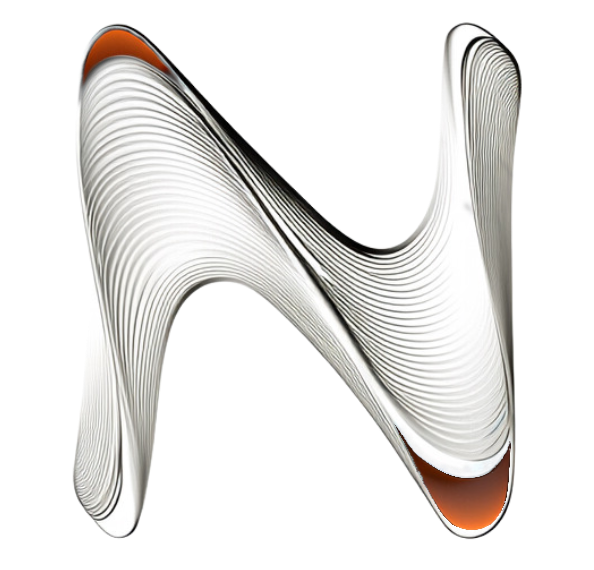Bridging web2 with web3: A Case Study

Research – Bridging Web2 with Web3
In today’s digital landscape, Web3 technologies like blockchain, decentralized finance (DeFi), and smart contracts are gaining significant attention. These offer benefits like transparency, security, and greater control over data, positioning them as transformative tools for various industries. However, moving entirely from Web2 to Web3 presents significant challenges, especially for established businesses with deep-rooted Web2 systems.
Instead of pushing for a complete Web3 shift—which we find impractical with current physical and cloud infrastructures—our approach emphasizes a hybrid stack that blends Web2 and Web3 technologies. This strategy allows businesses to harness the strengths of decentralized systems while maintaining the stability, familiarity, and robust infrastructure of Web2.
The Case for a Hybrid Web Stack
Many businesses hesitate to fully switch to Web3 due to the disruption it can cause. Current infrastructures, such as AWS servers, are deeply integrated with Web2 technologies. Web2 tools like content management systems (CMS), customer relationship management (CRM) software, payment gateways, and cloud services are robust, tested, and vital for daily operations. Replacing these systems with a Web3-only solution can be both risky and complex.
This is why a hybrid approach that bridges Web2 and Web3 makes sense. By integrating Web3 elements into the existing Web2 framework, businesses can adopt decentralized technologies without a complete overhaul of their systems and processes. This strategy reduces the risks of a full transition and allows companies to experiment and scale decentralized solutions at their own pace.
A report by ScienceDirect highlights that while Web3 offers promising advancements, the integration challenges are significant. It emphasizes the need for a balanced approach that leverages both technical and organizational interoperability to achieve better economic and social outcomes.
Building a Dual-Stack Architecture
The key to bridging Web2 with Web3 is to build a flexible architecture that supports both centralized and decentralized systems. This approach lets businesses continue using familiar Web2 tools while gradually adding Web3 features. Here are some ways businesses can adopt this dual-stack strategy:
Blockchain Integration for Data Security and Transparency
Web2 databases are efficient and widely used, but integrating blockchain can enhance security and transparency. For example, businesses can use blockchain for audit trails or secure data verification without overhauling their entire Web2 database system. This approach leverages the strengths of Web3 where it matters most, while keeping the core functionality of the business intact.

Decentralized Identity Solutions
A use case of Web3 is decentralized identity management, which allows individuals to control their own data. However, shifting entirely to a decentralized identity model is not feasible. Instead, businesses can embed decentralized identity solutions alongside existing Web2 authentication systems, providing users with more control over their personal data while maintaining compatibility with traditional login mechanisms.
Smart Contracts for Transactional Efficiency
Smart contracts enable automated transactions, making them highly attractive for certain functions, such as escrow services, automated payouts, and supply chain management. Instead of rebuilding an entire payment or transaction system on Web3, companies can selectively implement smart contracts in specific areas where they provide the most value, such as high-value transactions or complex, multi-party agreements.
Interoperability Between Web2 and Web3 Services
Interoperability is critical to a successful hybrid stack. By developing APIs and middleware that allow Web2 and Web3 systems to communicate with each other, businesses can create an ecosystem where both centralized and decentralized services coexist. This interoperability facilitates a smoother transition for end users, who may not even realize they are interacting with a Web3 backend.

The Benefits of a Bridged Web Stack
Risk Mitigation
The gradual adoption of Web3 allows businesses to minimize risk by avoiding a full-scale transition. This approach ensures that operations continue smoothly while the organization experiments with and integrates decentralized solutions in specific areas where they are most beneficial.
Cost Efficiency
Rebuilding an entire business stack on Web3 can be costly, especially when the returns on investment are uncertain. A hybrid approach allows companies to adopt Web3 incrementally, keeping costs under control while still exploring the value of decentralized technologies.
Flexibility and Scalability
By bridging Web2 with Web3, businesses gain the flexibility to scale their adoption of decentralized technologies over time. This approach allows them to take advantage of innovations in Web3 without being locked into a single stack. Companies can scale up Web3 solutions as they mature while maintaining the stability of their Web2 infrastructure.
User Experience Continuity
Web3 adoption can bring about key changes to user experience, which may not be welcomed by all customers. By integrating Web3 solutions behind the scenes and maintaining the familiar Web2 user interface, businesses can ensure a seamless experience for their users while still benefiting from decentralized technologies.
Conclusion: A Balanced Path Forward
The future of the internet doesn’t have to be a choice between Web2 and Web3. By bridging these two worlds, businesses can use the strengths of both, creating a secure, transparent, and future-ready architecture without sacrificing the reliability of their existing systems. This hybrid approach offers a balanced path to adopting decentralized technologies, allowing organizations to innovate at their own pace while maintaining business continuity and stability.
At Neuro, we specialize in integrating Web2 and Web3 solutions, enabling businesses to embrace the future of the internet without abandoning their core infrastructure. Our team collaborates closely with companies to pinpoint areas where decentralized technologies can add the most value, ensuring seamless integration with existing systems. Whether enhancing data security with blockchain, implementing smart contracts for automation, or exploring decentralized identity solutions, Neuro guides your organization through every step of this transformative journey.
The internet continues to evolve, and with Neuro’s support, businesses can stay agile and ready for the next wave of digital advancements. Our Offerings drive digitization in the blockchain space, keeping you ahead in the digital age.

